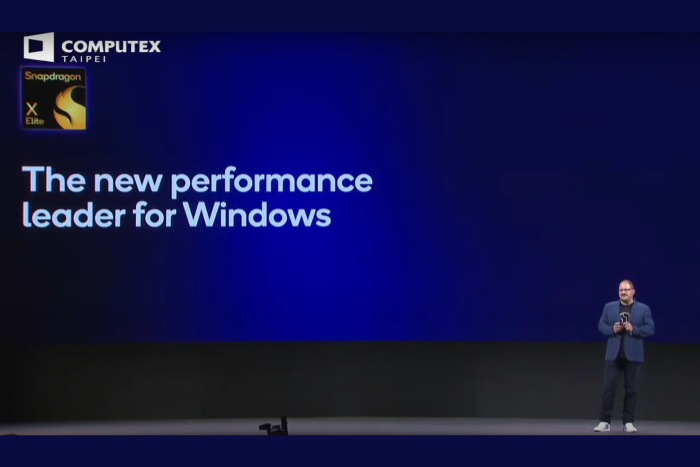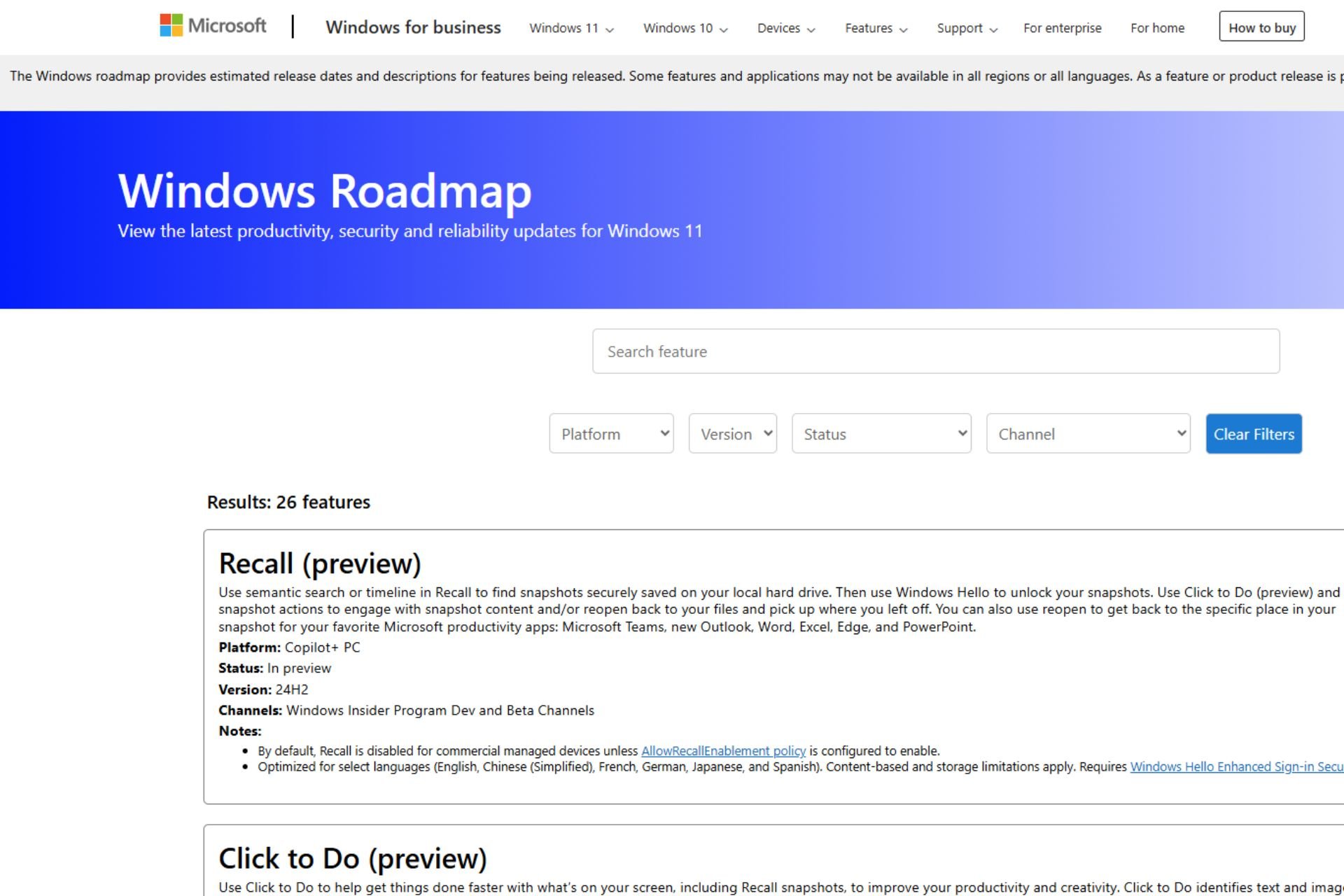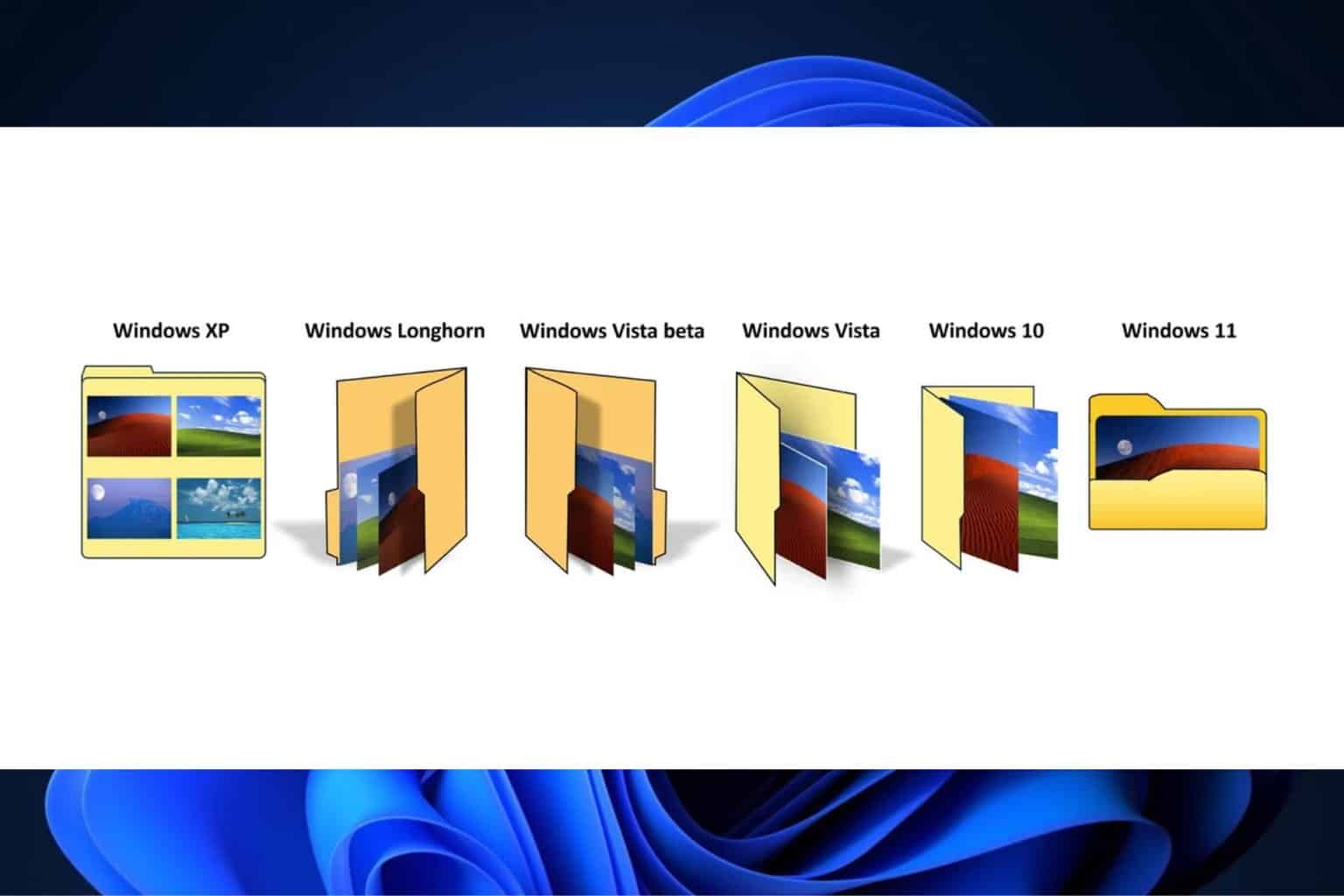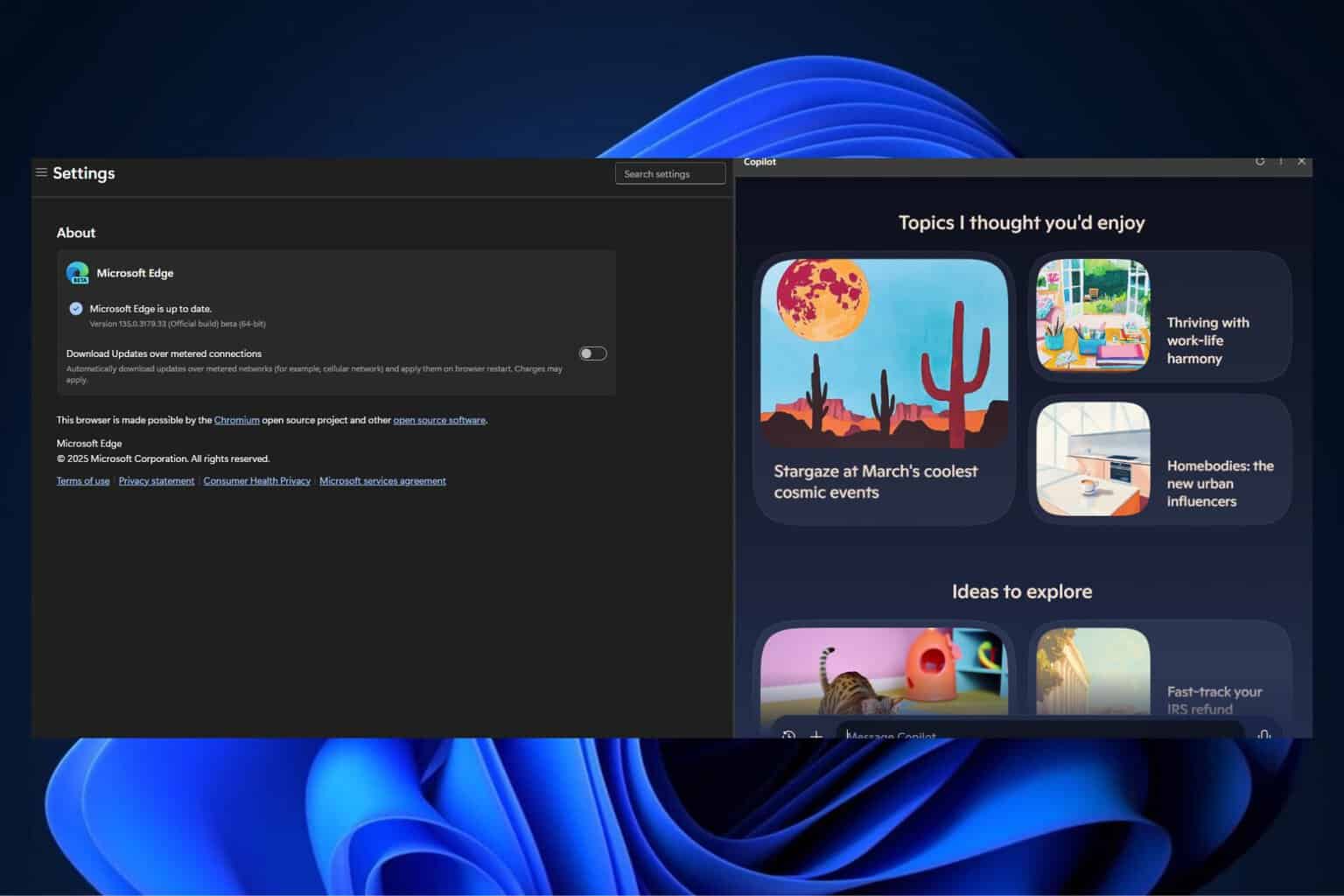Qualcomm and Arm aim for a 50% PC market share in 5 years. Is that a realistic goal?
Will Intel and AMD ruin their prediction?
3 min. read
Published on
Read our disclosure page to find out how can you help Windows Report sustain the editorial team. Read more

At Computex 2024, the CEO of Qualcomm, Cristiano Amon, made some big forecasts. He is supporting the views of Arm’s CEO Rene Haas that Arm chips will make up 50% of the Windows PC market in coming five years. But now comes a real kicker for you. A few OEMs are targeting for Snapdragon chips to comprise 60% of their sales in merely three years.
Why are Qualcomm and Arm so confident about their prediction?
Truth be told, the confidence of Amon is not just empty talk. He mentions that the PC market is at a crucial turning point, led by fresh versions of Windows which are substantially expanding the limits of what PCs can perform.
It’s about more than simply shifting to the most recent OS; it’s regarding an entire different kind of machine that improves efficiency and introduces novel uses. Amon’s trustworthiness is shown in his claim about new versions of Windows, especially when he emphasizes how these changes will impact the performance limits for PCs. This indicates that upcoming iterations will be demanding more powerful hardware to support their advanced features and functions (Cowley, 2021). Qualcomm is in the lead, putting constant efforts to bring Orion CPU that works with ARM instruction set into this changing industry.
Also, very important, Copilot+ will debut on Qualcomm powered laptops, with Intel and AMD expecting to launch their x86 SoCs later this year. On the other hand, Arm chips are certainly different and until now, they were reserved for tablets and smartphones. Moreover, Qualcomm is not the typical choice for a regular PC user who might still recognize names like AMD or Intel more easily.
Will Arm SoCs rule the PC market?
You may argue that ARM-based CPUs are not new and AMD dipped their toe into this type op architecture before. Also, let’s not forget Intel’s XScale for a change. And we must not overlook Apple’s M series chips that have demonstrated the strength of ARM CPUs. ARM possesses the potential to create a notable influence in the PC sector, but it will require convincing efforts particularly for people who construct their personal PCs or are deeply rooted in x86 design.
Some people think that Arm could dominate everything, while others have a more skeptical view on its growth potential. It’s obvious that moving to a different architecture won’t be easy. There are big challenges to face, and one is making sure developers accept it and also getting new chips that just work for regular users too.
So, what is the outcome? The confident forecasts of Qualcomm regarding ARM chips in Windows PC market have triggered a heated discussion. Some people are prepared to welcome this fresh time, while others still show doubt and highlight difficulties in moving from recognized x86 architecture. We can only wait and see if the hopes of Qualcomm and ARM will come true. But, one thing is certain: the PC market is on the edge of some fascinating transformations. While Qualcomm has a foothold on the first Copilot+ PC, the latest chipsets from Intel and AMD are certainly something to look forward to.
We’ve learned about this from Reuters and Tom’s Hardware.








User forum
0 messages